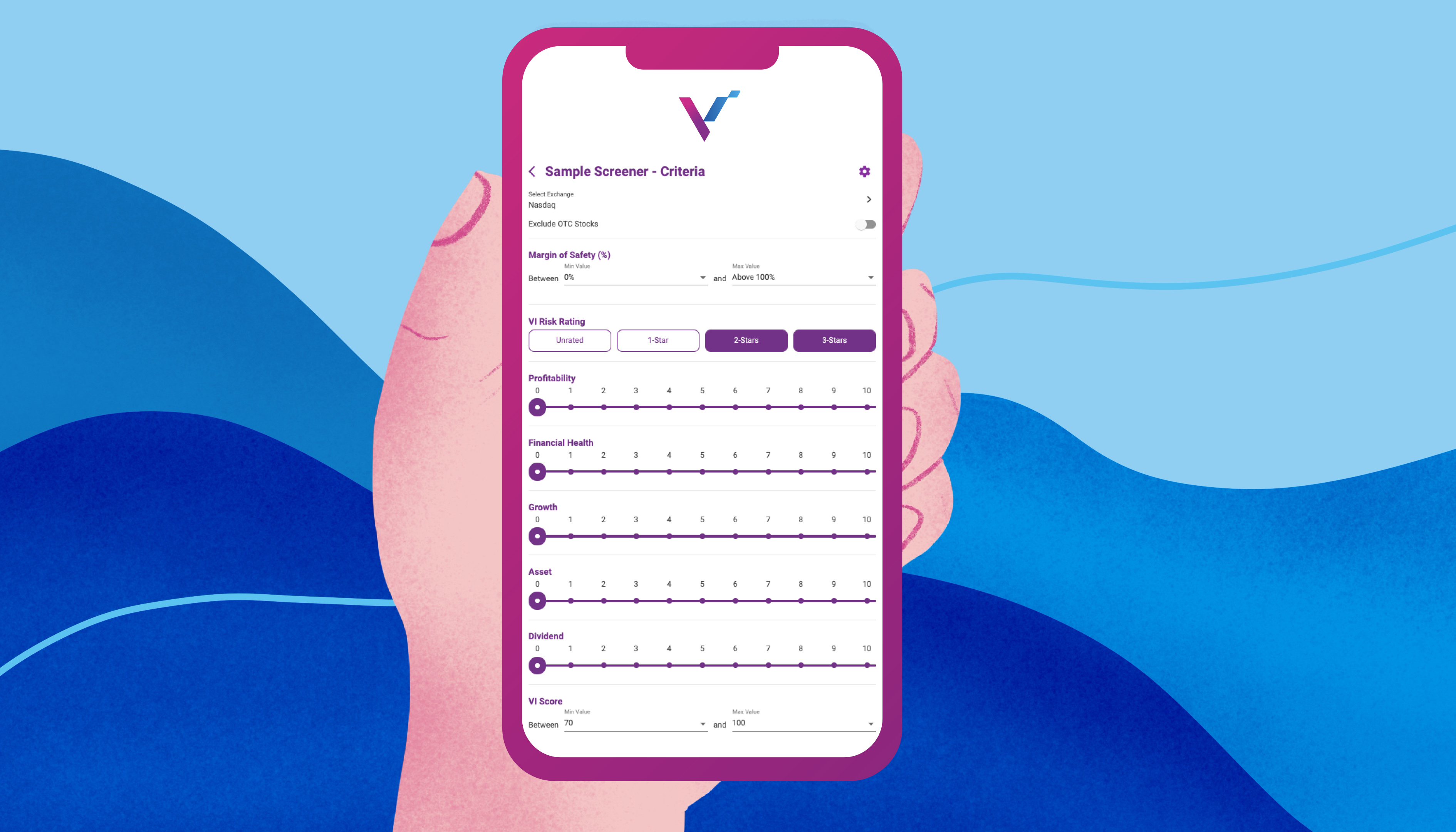The How and Why of Stock Screeners
08 Dis 2021

You have a plethora of options when it comes to stock picks. This is both good and bad news – good because you won’t run out of investment opportunities and bad because identifying these opportunities won’t be a leisurely stroll.
This is why you can leverage stock screeners, which from the term itself, allows you to filter stocks according to the criteria you set.
See also: Do smarter, faster, and easier investing with this stock analysis tool
Most stock screeners come with a small subscription fee, although there are a few that you can use for free. But before we go into that, let us go through the reasons why you can benefit from and how you can use a stock screener.
Why use a stock screener
A stock screener looks something like the above image. It is a tool often used by investors and traders to readily get a list of stocks that present them with the best opportunities or those that meet their investment pursuits.
For example, the above image is a screener that looks for growth stocks. The benchmarks are set to only include stocks listed in the New York Stock Exchange (NYSE) with high profitability, financial health, and growth scores.
We’re pretty sure by now you already have at least a bit of an idea as to how the stock screener can help you in investing, but don't worry, we’ll make you better understand the advantages (and limitations) of using this tool.
1. Stock screeners help better manage your time in the stock market
Imagine you received ten huge grocery carts and you need to sort the items for your kid’s party in the afternoon. It would be a tedious process, would you agree?
Searching for investment opportunities in the stock market is the same if you don’t automate your stock screening process. With thousands of stocks to choose from, you’ll drown within just a few minutes of sorting which to invest in today, which to put in your watchlist, and which to dismiss.
Stock screeners come with customisable filters. These filters allow you to eliminate stocks that don’t fit your criteria. For instance, if you only want to invest in dividend stocks, you can set the parameters so that you’ll only get the list of stocks that give you good dividends.
It will take you days to search and analyse all stocks listed in the NYSE just to look for dividend-paying shares. With a stock screener, you can do so in just a couple of minutes.
Some stock screeners have their own set of stock classifications, too. For example, VI App’s Stock Screener lets you filter stocks that have high scores or those classified as high-growth stocks.
Of course, whatever the stock screener gives you doesn’t mean you can go ahead and invest in each of the stocks on the list. The tool ONLY screens stocks for you. You still need to do your research and due diligence.
Think of it as an automated process of grouping all fruits in your grocery carts. After you’ve grouped them, you still need to choose which ones are good enough to feed your kid’s visitors.
Remember that what a stock screener does is narrow down your choices, so you won’t need to sift through each stock one by one.
2. Stock screeners help you make better investment decisions
You can’t know every single listed stock in the market. And because we haven’t yet heard of a stock, we often miss out on some good investment opportunities.
With stock screeners, you can get a comprehensive list of stocks, including those that you don’t know or those you don’t know you know yet, that meet your standards. Hence, you’ll have more options as to where to put your money.
Likewise, stock screeners keep your emotions in check. Because these tools use the selection criteria you specify, you’re less likely to just add a stock in your analysis list just because you personally like to invest in that stock even when it doesn’t fit your criteria. This is called “behavioural bias” which tends to get a lot of investors in trouble.
Then again, remember to do your due diligence before you invest in any stock.
How to use a stock screener

Using a stock screener is not that difficult. It works just like how your favourite food delivery or online shopping app works.
First, you have to choose which screener to use. In choosing a stock screener, remember to consider the user interface, the database, the search parameters, and the cost that come with the tool. Just as some people opt to use Amazon over any other platforms because of its huge inventory or how some people prefer Deliveroo over Grab because it's cheaper, stock screeners have their own features you should consider.
Once you’ve decided and purchased or installed the tool, the next step is to familiarise yourself with its functionality and navigation. Where should you change the criteria? How do you save after screening? Oftentimes, stock screeners have FAQs and tutorials that point you to the buttons you need.
Now it’s time to understand the indicators and ratios. What are the ratios you can customise? Which indicators do you need for every benchmark you wish to set? What’s an acceptable range for each of the ratios you’ve determined?
You can then explore changing the criteria and get your first set of filtered stocks.
The BUT of using a stock screener

Stock screeners have advantages as discussed above, but they have their limitations. The main one we’ve already covered above, but we’ll iterate here so you won’t forget.
Stock screeners only narrow down your choices. You still need to do your own analysis as these tools only consider the numbers. Don’t get us wrong, numbers are important to look at when investing, but it’s not the only thing you should look at. You also need to have a deep dive into the company’s business model, its management, its economic moat, and any other information that could impact its performance and growth.
Do also remember to always check how frequent the data in the stock screener tool you’re using is updated. You would want to use the most recent and most accurate data for screening stocks, otherwise, you’ll get into trouble.
In other words, leverage on stock screeners but remember that they exist to help you, not to invest for you. At the end of the day, it’s always your responsibility to invest or not to invest in a stock.
To learn more on how to evaluate stocks, join our complimentary online bootcamp on value investing.